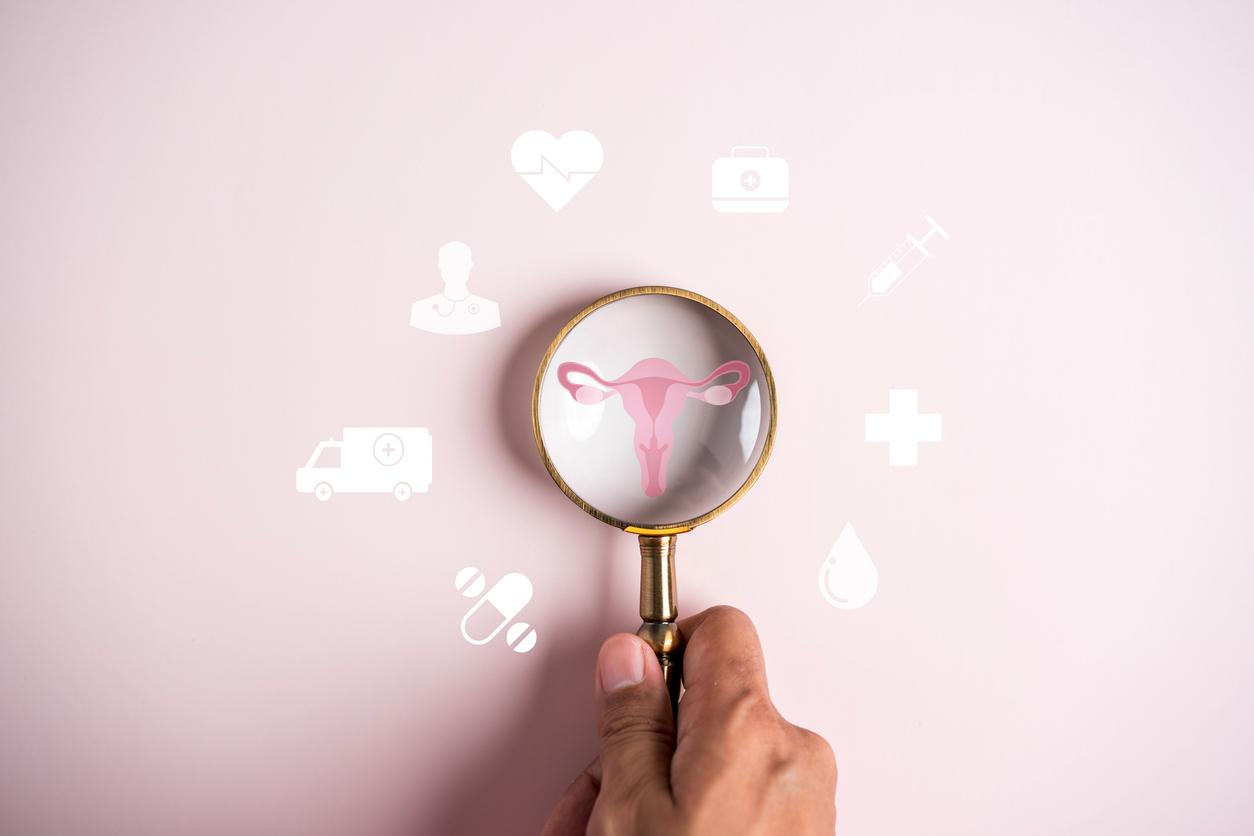Screening, changing habits to adopt a healthier lifestyle and reduce inequalities are essential keys to reducing the risk of stroke, assure new guidelines from the American Stroke Association.

- Up to 80% of strokes may be preventable, according to the American Stroke Association.
- The organization’s new stroke prevention guidelines urge health professionals to screen patients for risk factors like high blood pressure, high cholesterol, high blood sugar and obesity.
- The association also recommends paying attention to risk factors specific to women.
In France, there is 1 stroke every 4 minutes. The American Stroke Association assures that up to 80% of them could be avoided by adopting its guidelines such as improving screening and adopting a healthy lifestyle.
The organization which works to improve prevention and care presented the update of its recommendations, 10 years after the last ones. They were published on October 21, 2024 in the journal Stroke.
Stroke: identify people at risk and promote a healthy lifestyle
“The most effective way to reduce the occurrence of stroke and stroke-related death is to prevent the first stroke, called primary prevention,” warns Dr. Cheryl D. Bushnell, chair of the guideline writing group in a press release. “Certain populations are at high risk of stroke, whether due to genetics, lifestyle, biological factors, and/or social determinants of health, and in some cases people are not receiving appropriate screening to identify their risk.”
This is why one of the first recommendations from specialists is to prioritize and facilitate the identification of people at risk. Healthcare professionals recommend screening for high blood pressure, high cholesterol, high blood sugar, and obesity through physical exams and blood tests. “These conditions must be addressed with healthy lifestyle and behavior changes and may include medications for some patients. Antihypertensive treatments to lower blood pressure and statins to lower cholesterol may help reduce the risk of a first stroke in adults at increased risk or who are being treated for cardiovascular disease”specify the authors.
In the updated guidelines, experts assure that acting on lifestyle behaviors is one of the best ways to reduce the patient’s risk of stroke. For them, it is important to promote stopping smoking, increasing physical activity, improving eating habits and even better sleep.

Stroke: we must pay attention to women and minorities
Building on work carried out on stroke over the past ten years, the team also established specific recommendations for women. “Healthcare professionals should screen for conditions that may increase a woman’s risk of stroke, including use of oral contraceptives, high blood pressure during pregnancy, other pregnancy complications such as premature birth, endometriosis, premature ovarian failure and early menopause “Treatment of high blood pressure during pregnancy and within six weeks after delivery is recommended to reduce the risk of maternal intracerebral hemorrhage.”write the authors.
They also add that we must also pay attention to transgender women or people in gender transition. Indeed, contrary to popular belief, they are also at risk.
Heart and brain health professionals add that we must also improve health equity through measures that can counter the social determinants that impact stroke risks such as place of residence, level of education and/or social, origin, access to care or structural racism.
“Implementing the recommendations in this guideline would significantly reduce the risk of people having a first stroke. Many of the strategies we recommend for preventing stroke will also help reduce the risk of dementia, a other serious health problem linked to vascular problems in the brain”, concludes Dr. Bushnell.


















